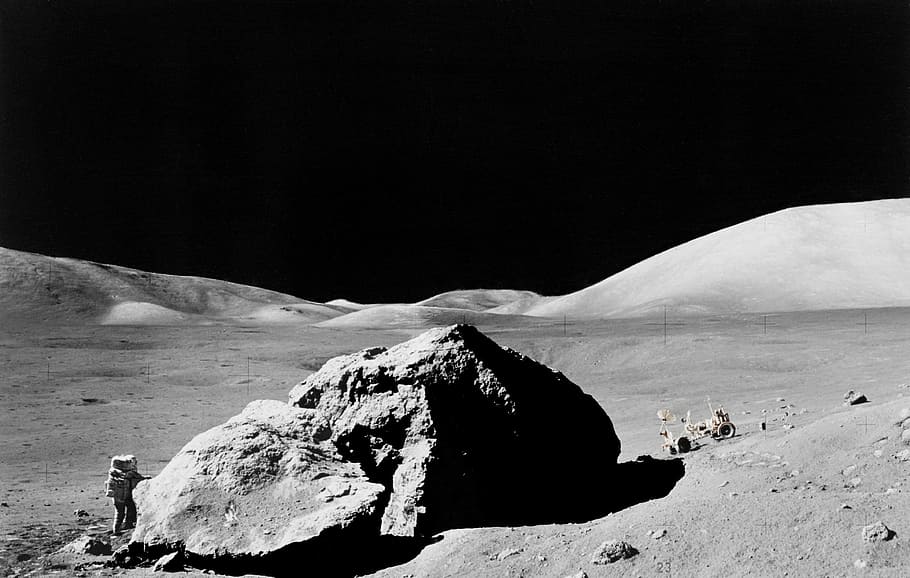After becoming the first country to land a craft in the moon’s south pole region, India’s moon rover Pragyan confirmed the presence of sulfur on the lunar surface. The finding may indicate the presence of water ice on the surface of the moon.
“The Lunar water could also serve as a source of oxygen, another vital material not found on the moon, and hydrogen, which could be used as rocket fuel,” NASA said.
The Indian Space Research Organization, or ISRO, launched Chandrayaan-3 into space on July 14. The goal for this mission was not only to successfully land on the moon, but to also study the moon’s atmosphere and seismic activity, ISRO said.
After 40 days, Chandrayaan-3 successfully landed on the moon’s south pole region just days after the reported failure of Russia’s Luna 25 lander’s voyage to the same site.
The first video of the rover leaving the lander was posted by the ISRO on Aug. 25, where it is expected to conduct experiments over 14 days.
The rover and the lander are equipped to take measurements of the lunar environment, and one of those equipment is the Laser-Induced Breakdown Spectroscope, or LIBS.
The LIBS analyzes the composition of materials by exposing them to intense laser pulses that generate an extremely hot localized plasma. The light of the plasma is then collected through charge-coupled devices. Each elemental composition has a characteristic wavelength of light in the plasma state, which helps determine the elemental composition of the material.
On Aug. 29, the ISRO received the first data of the LIBS payload and confirmed the presence of sulfur on the moon’s surface. Preliminary analysis also revealed the presence of aluminum, calcium, iron, magnesium, silicon and oxygen.
With the confirmation of the presence of sulfur, the Statesman hypothesized that the sulfur could have been released by water ice exposed to lunar radiation.
“It is believed that the water ice is covered by the lunar regolith, a loose material that covers the lunar surface. And Sulphur can be used to absorb water vapor and extract water ice from the regolith,” the Statesman report said.
Now the question is whether the source is intrinsic, volcanic or meteoritic because of sulfur’s ties to volcanic activities.
Sulfur is essential in understanding the moon’s geology, its history and potential resources.
“The search for hydrogen is underway,” the ISRO stated on X, formerly Twitter, emphasizing the importance of finding hydrogen in helping researchers understand the moon’s history.
With the confirmation of water ice on the moon’s surface in 2008 by Chandrayaan-1 and the search for hydrogen, the moon has the potential to help future astronaut missions as a water and fuel station.
The mission has an estimated cost of $75 million.








